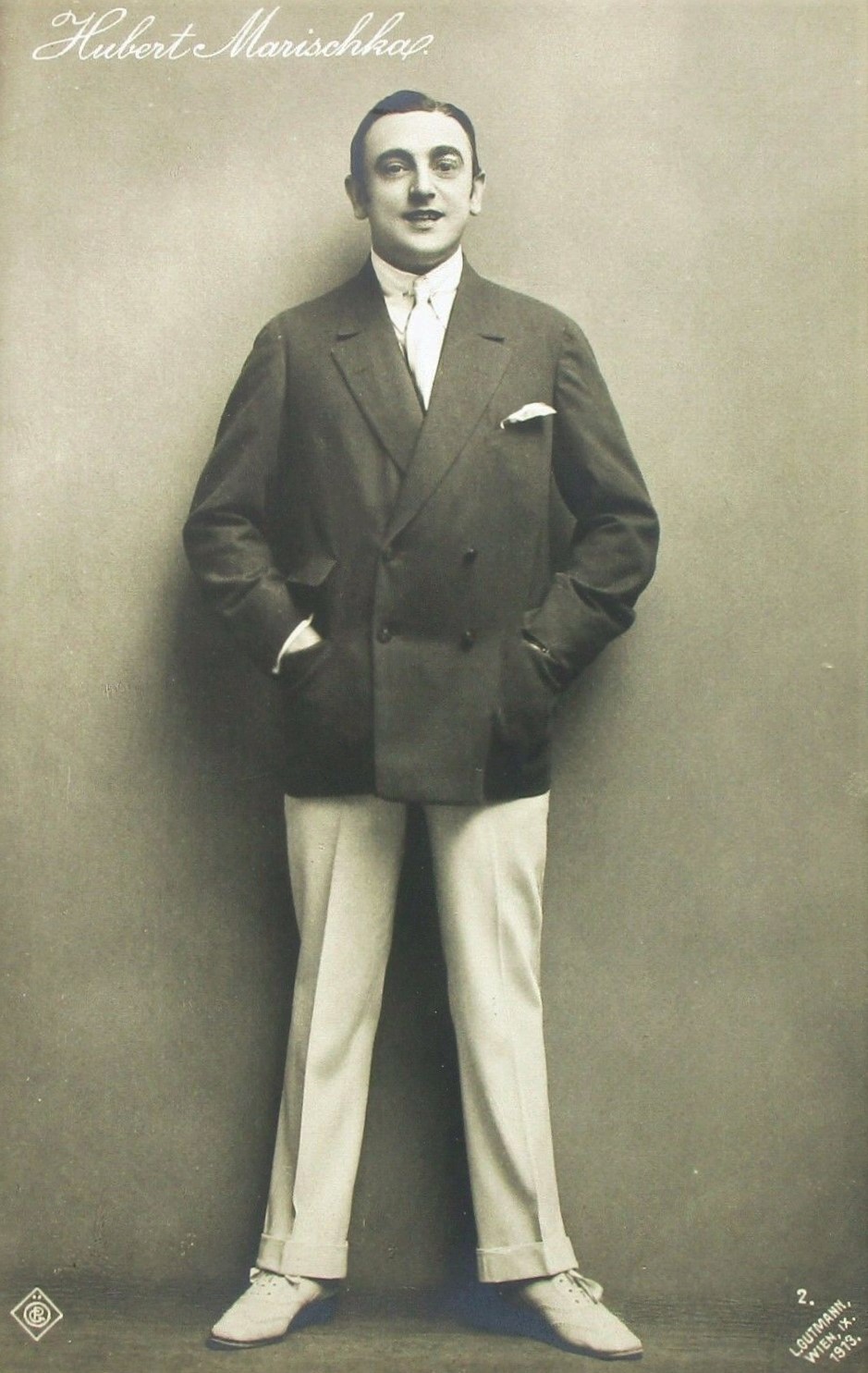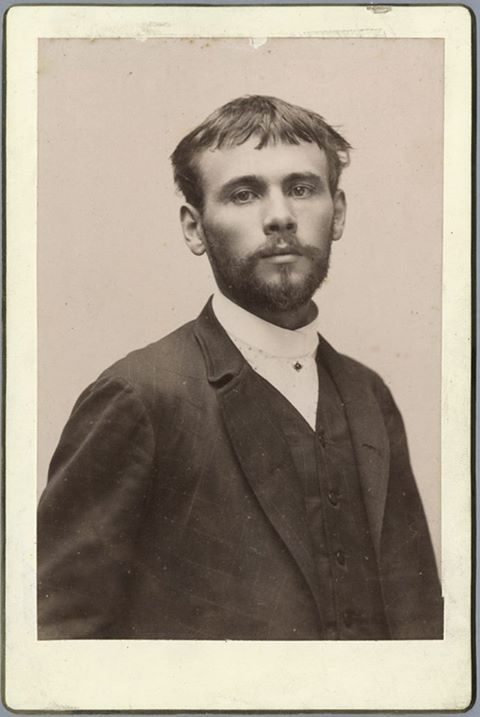|
Hietzinger Cemetery
The Hietzing Cemetery is a cemetery in Hietzing, the 13th district of Vienna. Notable burials (selection) * Alban Berg (1885–1935), composer * Jean-Baptiste Clery (1759–1809), valet to King Louis XVI * Franz Conrad von Hötzendorf (1852–1925), Chief of the Austro-Hungarian General Staff 1906 to 1917 * Heinz Conrads (1913–1986), actor * Engelbert Dollfuss (1892–1934), politician * Gottfried von Einem (1918–1996), composer * Fanny Elssler (1810–1884), ballerina * Franz Grillparzer (1791–1872), writer * Josef Josephi (1852–1920), singer and actor * Ernst Kirchweger (1898–1965), victim of political violence * Gustav Klimt (1862–1918), painter * Viktor Léon (1858–1940), librettist * Hubert Marischka (1882–1959), operetta tenor, actor, film director and screenwriter * Koloman Moser (1868-1918), artist and designer * Sabine Oberhauser (1963–2017), politician * Rudolf Prack (1905–1981), actor * Katharina Schratt (1853-1940), Emperor Franz Joseph co ... [...More Info...] [...Related Items...] OR: [Wikipedia] [Google] [Baidu] |
Josef Josephi
Josef Ichhäuser(1852–1920), known by the stage name Josef Josephi (also spelled Joseffy), was a Polish-born singer (tenor-baritone) and actor. Life Ichhäuser was born on in Kraków. He was the son of a cloth merchant. He graduated from high school in 1871 and made his debut in 1873 in Vienna in a small role as a soldier in Friedrich Schiller’s '' Fiesco''. His apprenticeship led him to Nagykanizsa, Chemnitz and Wrocław. In 1878 he joined the Ringtheater in Vienna. In 1880 he played at the Carltheater, and in 1883 at the Theater an der Wien. Successes in performing vocal roles led him to the decision to become a singer. He sang in Johann Strauss II's ''Eine Nacht in Venedig'' and ''The Gypsy Baron'', and in Vilém Blodek's comic one-act opera ' (''In the Well''). Together with Alexander Girardi, Karl Lindau, and , he formed the ''Elitekorps'' (elite corps) of the Viennese operetta. In 1900 he moved to Berlin. From 1906 he was for two years at the and then engaged for ... [...More Info...] [...Related Items...] OR: [Wikipedia] [Google] [Baidu] |
Mathilde Wildauer
Mathilde Wildauer (7 February 1820 – 23 December 1878) was an Austrian actress, later an operatic soprano, taking leading roles at the Theater am Kärntnertor in Vienna. Life Wildauer was born in Vienna, daughter of Vinzenz Wildauer, a stockbroker, and his wife Clara. Her acting debut, after success in amateur theatre, was at the Burgtheater in 1834, as Susette in ''Die Rosen des Herrn von Malesherbes'' by August von Kotzebue."Wildauer, Mathilde (1820–1878), Schauspielerin und Sängerin" ''Österreichisches Biographisches Lexikon''. Retrieved 14 February 2022. She went on to appear in comedies by Kotzebue, August Wilhelm Iffland< ...
[...More Info...] [...Related Items...] OR: [Wikipedia] [Google] [Baidu] |
Otto Wagner
Otto Koloman Wagner (; 13 July 1841 – 11 April 1918) was an Austrian architect, furniture designer and urban planner. He was a leading member of the Vienna Secession movement of architecture, founded in 1897, and the broader Art Nouveau movement. Many of his works are found in his native city of Vienna, and illustrate the rapid evolution of architecture during the period. His early works were inspired by classical architecture. By mid-1890s, he had already designed several buildings in what became known as the Vienna Secession style. Beginning in 1898, with his designs of Vienna Metro stations, his style became floral and Art Nouveau, with decoration by Koloman Moser. His later works, 1906 until his death in 1918, had geometric forms and minimal ornament, clearly expressing their function. They are considered predecessors to modern architecture. Education and early career Wagner was born in 1841 in Penzing, a district in Vienna. He was the son of Suzanne (née von Helf ... [...More Info...] [...Related Items...] OR: [Wikipedia] [Google] [Baidu] |
Henrietta Treffz
Henrietta "Jetty" Treffz (; ; 1 July 1818, in Alsergrund – 8 April 1878, in Hietzing) was best known as the first wife of Johann Strauss II and a well-known mezzo-soprano appearing in England in 1849 to great acclaim. Biography Henrietta Chalupetzky was the only child of a Viennese goldsmith and studied music in Vienna, adopting her mother's maiden name, Treffz, for professional purposes. Her career took her around Austria, as well as Germany and France, but it was in England that she first appeared with Johann Strauss I in concerts that would bring her numerous accolades and felicitations. The ''Musical World'', published in London on 5 May 1849, noted her talents: "mezzo-soprano voice of beautiful quality and remarkable for freshness and equality of tone throughout the register". On 27 August 1862, Henrietta (known affectionately as "Jetty") Treffz married Johann Strauss II in the Stephansdom in Vienna, a marriage which was beneficial to Strauss as her support and ... [...More Info...] [...Related Items...] OR: [Wikipedia] [Google] [Baidu] |
Katharina Schratt
Katharina Schratt (11 September 1853 – 17 April 1940) was an Austrian actress who became "the uncrowned Empress of Austria" as a ''confidante'' of Emperor Franz Joseph I of Austria, Franz Joseph. Life Katharina Schratt was born in Baden bei Wien, the only daughter of stationery dealer Anton Schratt (1804–1883); she had two brothers. From the age of six, she took an interest in theatre. Her parents tried to discourage her from becoming an actress and sent her to a boarding school in Cologne, however, this only increased her ambition. She finally was allowed to take acting lessons in Vienna and gave her debut at the age of 17 in her hometown. Acting career In 1872, she joined the ensemble of the Konzerthaus Berlin, Royal Court Theatre in Berlin, achieving considerable success in a short time. Schratt left Germany after only a few months, following the call of the Viennese to join their City Theatre. Her performance made her a leading lady of the Viennese stage. In 1879 she ma ... [...More Info...] [...Related Items...] OR: [Wikipedia] [Google] [Baidu] |
Rudolf Prack
Rudolf Prack (2 August 1905 – 2 December 1981) was an Austrian film actor. Selected filmography * ''Florentine'' (1937) * ''Prinzessin Sissy'' (1939) - Prince Luitpold * '' A Mother's Love'' (1939) - Felix Pirlinger - 1922 * ''Krambambuli'' (1940) - Thomas Werndl * ''Ein Leben lang'' (1940) - Franz Hofbauer * '' Beloved Augustin'' (1940) - Podl Schauerhuber, Musikant * ''Spähtrupp Hallgarten'' (1941) - Oberjäger Unterkirchner * ''Die heimlichen Bräute'' (1942) - Peter Leidinger * '' The Golden City'' (1942) - Großknecht Thomas - Annas Verlobte * '' The Big Number'' (1943) - Peter Stoll * ''The Eternal Tone'' (1943) - Berthold Buchner * ''Die unheimliche Wandlung des Axel Roscher'' (1943) - Zollassistent Alex Roscher * ''Reise in die Vergangenheit'' (1943) - Michael BrantnerLehrer * ''Aufruhr der Herzen'' (1944) - Franz Atzinger * ''Orient Express'' (1944) - Franz Schulz * ''Leuchtende Schatten'' (1945) * ''Der weite Weg'' (1946) - Franz Manhardt * ''Glaube an mich'' (1946) ... [...More Info...] [...Related Items...] OR: [Wikipedia] [Google] [Baidu] |
Sabine Oberhauser
Sabine Oberhauser (30 August 1963 – 23 February 2017) was an Austrian physician and politician. At the time of her death, she was Austria's Minister for Health and Minister for Women. Biography Oberhauser was born in Vienna. In 2014, she became a minister in the Social Democrat-Christian Conservative coalition government of then-Chancellor Werner Faymann. She continued as Minister for Health when Christian Kern took over the coalition two years later. The same year, she became the Minister for Women. She made her diagnosis of abdominal cancer public in 2015. Oberhauser was married and had two daughters. Oberhauser entered hospital in February 2017 for treatment of a ventricular fuse, and announced on 15 February that Alois Stöger would stand in for her during her illness. However, her condition soon deteriorated and she died a week later, on 23 February 2017. She was 53. She was cremated at Feuerhalle Simmering; her ashes are buried in Hietzing Cemetery The Hietzing ... [...More Info...] [...Related Items...] OR: [Wikipedia] [Google] [Baidu] |
Koloman Moser
Koloman Moser (; 30 March 1868 – 18 October 1918) was an Austrian artist who exerted considerable influence on twentieth-century graphic art. He was one of the foremost artists of the Vienna Secession movement and a co-founder of Wiener Werkstätte. Moser designed a wide array of art works, including books and graphic works from postage stamps to magazine vignettes; fashion; stained glass windows, porcelains and ceramics, blown glass, tableware, silver, jewelry, and furniture. Biography Moser was born in Vienna in 1868 to parents Josef and Thresia Moser (née Hirsch); he was the oldest of three siblings. studied at the Wiener Akademie and the Kunstgewerbeschule, where he also taught from 1899. Moser's designs in architecture, furniture, jewellery, graphics, and tapestries helped characterise the work of this era. He drew upon the clean lines and repetitive motifs of classical Greek and Roman art and architecture in reaction to the Baroque decadence of his turn-of-the-centur ... [...More Info...] [...Related Items...] OR: [Wikipedia] [Google] [Baidu] |
Hubert Marischka
Hubert Marischka (27 August 1882 – 4 December 1959), brother of Ernst Marischka, was an Austrian operetta tenor, actor, film director and screenwriter. Career Marischka was born in Brunn am Gebirge, the son of Jiří (or Johann) Marischka, a supplier to the court of the Austro-Hungarian monarchy, and his wife Bertha. Hubert began work as a joiner but trained as a singer and in 1904 began a new career in operetta in the town theatre of St. Pölten in ''Der arme Jonathan'' by Karl Millöcker. He had his first success as a singer in Brünn in 1906, as Danilo in ''Die lustige Witwe''. On 27 July 1907 he sang at the premiere of the '' Der fidele Bauer'' by Leo Fall in Mannheim. On 23 December 1908 he appeared on stage for the first time in Vienna at the Carltheater in Fall's ''Die geschiedene Frau''. From then on he was particularly successful in the Theater an der Wien, where later he worked as director, mostly of operettas. In 1923 he rose to be director of the Theater an d ... [...More Info...] [...Related Items...] OR: [Wikipedia] [Google] [Baidu] |
Viktor Léon
Victor Léon, also Viktor Léon (born Victor Hirschfeld; 4 January 1858, Szenic, Nyitra County, Kingdom of Hungary, Austrian Empire (today Senica, Slovakia) – 23 February 1940, Vienna) was a well-known Jewish Austrian-Hungarian librettist. He collaborated with Leo Stein to produce the libretto of Franz Lehár's romantic operetta ''The Merry Widow'' (''Die lustige Witwe''). Biography Hirschfeld began a career as a journalist, and then branched out in the theatre under the pseudonym that was to become familiar - Viktor Léon. Between 1880 and 1884 he wrote one-act libretti for Vienna's variety theatre, the Carl-Schultze-Theater in Hamburg, and the German Theatre in Pest, collaborating with composers such as Max von Weinzierl, Rudolf Raimann and Alfred Zamara. Then came a three-act collaboration with Zamara, ''Der Doppelgänger'', produced at the Staatstheater am Gärtnerplatz in Munich in September 1886. He then wrote a libretto for Johann Strauss. Alas, '' Simplicius'', a stor ... [...More Info...] [...Related Items...] OR: [Wikipedia] [Google] [Baidu] |
Gustav Klimt
Gustav Klimt (July 14, 1862 – February 6, 1918) was an Austrian symbolist painter and one of the most prominent members of the Vienna Secession movement. Klimt is noted for his paintings, murals, sketches, and other objets d'art. Klimt's primary subject was the female body, and his works are marked by a frank eroticism. Amongst his figurative works, which include allegories and portraits, he painted landscapes. Among the artists of the Vienna Secession, Klimt was the most influenced by Japanese art and its methods. Early in his career, he was a successful painter of architectural decorations in a conventional manner. As he began to develop a more personal style, his work was the subject of controversy that culminated when the paintings he completed around 1900 for the ceiling of the Great Hall of the University of Vienna were criticized as pornographic. He subsequently accepted no more public commissions, but achieved a new success with the paintings of his "golden phase", ma ... [...More Info...] [...Related Items...] OR: [Wikipedia] [Google] [Baidu] |






